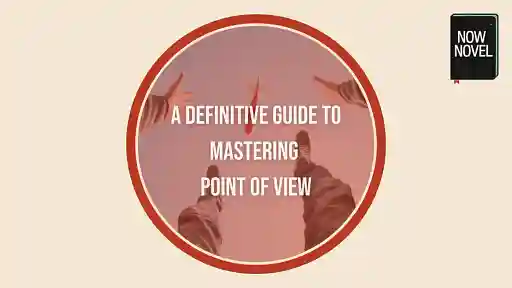In novels such as For Whom the Bell Tolls and A Farewell to Arms and short stories including “The Short Happy Life of Francis Macomber” and “The Snows of Kilimanjaro,” American writer Ernest Hemingway explored such themes as restlessness, war, loss and death and became an enormous influence on modern literature. Writers of all genres and styles can learn a great deal from reading the works of one of the greatest writers of the twentieth century.
Hemingway is famous for his classic novels and his minimalist style of writing even among those who have never read him. Below are three tips we can take away as writers from Hemingway’s work.
Make every word count. Many people think this means that everyone is supposed to write in the concise, clipped style of Hemingway, but this isn’t the case. Every word needs to count regardless of your style. The words that make up lush, poetic sentences are still required to do their jobs along the way, and having an elaborate style is no excuse for filler. As you revise your work, be sure that your sentences are as tight as you can make them even if they do go on for half a page.
What you don’t say is at least as important as what you do say. One of Hemingway’s most famous stories is “Hills Like White Elephants” in which a couple discusses an abortion without ever mentioning the word. It’s a masterpiece of subtlety and an excellent lesson in how to write about emotive experiences without succumbing to melodrama. Hemingway’s use of the objective point of view in which we as readers are never permitted inside the characters’ heads also provides an interesting lesson in how to use dialogue, imagery and the actions of the characters to convey plot and meaning. The story is a powerful illustration of the writing adage that you should show instead of telling.
Draw on personal experience. Hemingway had a fascinating life that included enlisting as an ambulance driver during World War I and a stint as a journalist during the Spanish Civil War. Hemingway’s life and travels included safaris to Africa and time spent among other writers and artists in Paris and provided the backdrop for many of his stories. It isn’t necessary, however, to live such a life in order to compellingly write what you know. Every life is rife with powerful experiences, strong emotions and compelling people and relationships, and you can draw on those things to add depth to your fiction.
Both Hemingway’s style, which is sometimes parodied as stilted and flat, and some of his attitudes such as the treatment of women in his fiction and the emphasis on extremely masculine pursuits like big game hunting have made him a controversial figure in modern times. However, his fiction has stood the test of time and critical scrutiny.
Have you learned any lessons from Hemingway's short stories? Image Source: Wikimedia Commons (public domain)







